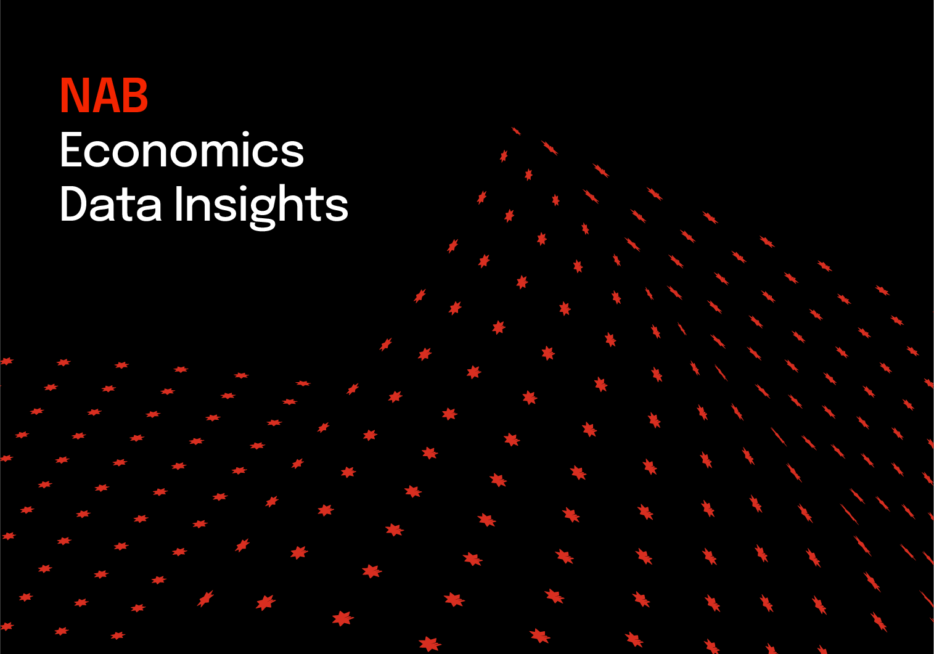Total spending grew 0.9% in June.


Our sense of life worth improved and we ‘felt’ less worried about our finances in Q2.

How Australians think and feel about their emotional and financial wellbeing
Australian wellbeing rises to a 6-year high. Debt (outside of a mortgage) is now the number one wellbeing detractor. Wellbeing fell most for higher income earners (>$100,000) and rose most for those on lower incomes (<$35,000) – while still significant, the gap between these groups is now at its narrowest in the history of the survey. Wellbeing in the 65+ age group is by far the highest.
The NAB Australian Wellbeing Index is derived from questions relating to how people think and feel about their lives in regards to their life satisfaction, life worth, happiness and anxiety. NAB’s Wellbeing Index rose for the second straight quarter in Q2 2019. Overall, the index increased 0.5 points over the quarter to a 6-year high 65.7 and tracked above average (64.5). Our sense of life worth improved, but we weren’t as happy or satisfied with our lives. We were however noticeably less anxious.
NAB research again showed pets contributed positively to wellbeing for most Australians, followed by personal safety, our homes, family and personal relationships, standard of living, feeling a part of their local community and religion, faith or spirituality. Other debts outside of mortgages emerged as the main detractor of personal wellbeing for most people, replacing events like abuse and victimisation. Other key detractors were lack of time, mortgages and substance use or abuse.
For the first time we have expanded the 50+ age category to 50-64 and 65+. This reinforces previous findings that wellbeing typically increases with age, with wellbeing in the 65+ age group rated by far the highest (76.0) and 18- 29 year olds lowest (59.5).
NAB’s Financial Anxiety Index (based on concern over future spending and savings plans arising from our current financial position), moderated to 56.3 points and likely played a key role supporting lower overall anxiety. The key drivers underpinning our financial anxiety continue to reflect our fear of not having enough to finance our retirement, being unable to provide for our family’s future, not being able to meet medical costs, not having enough for non-essentials such as holidays or eating out, or home improvements and maintenance, and being unable to raise $2,000 if an emergency arose.
Credit card debt is still the most commonly held debt by almost 1 in 2 Australians, followed by home loans (30%), personal loans (19%), loans from family or friends (15%), investment loans (8%) and payday loans (7%). Credit card debts are however causing us the least anxiety, and payday loans the most.
We ‘felt’ less worried about our finances in Q2, but the number of Australians who experienced some form of financial stress or hardship in the past 3 months was unchanged at 39%. Encouragingly however stress and hardship was less prevalent among groups that have typically been most at risk – 18-29 years olds and the lowest income earners.
Practically, almost 6 in 10 Australians who experienced financial hardship tried to follow a stricter budget and cut out unnecessary expenses. Around 3 in 10 tried to make personal sacrifices for the family, sold possessions, talked over their worries with family or friends or worked longer or harder. Only 1 in 5 went into more debt (with 1 in 2 using their credit cards and 45% leaning on family and friends).
Emotionally, almost 4 in 10 people who experienced hardship tried to cope by withdrawing socially, and 3 in 10 did nothing. Around 1 in 4 got angry or argued, while 1 in 5 tried to hide from the problem by filtering phone calls or by leaving their bills unopened.
Learn more in our Australian Wellbeing Survey Q2 2019
© National Australia Bank Limited. ABN 12 004 044 937 AFSL and Australian Credit Licence 230686.